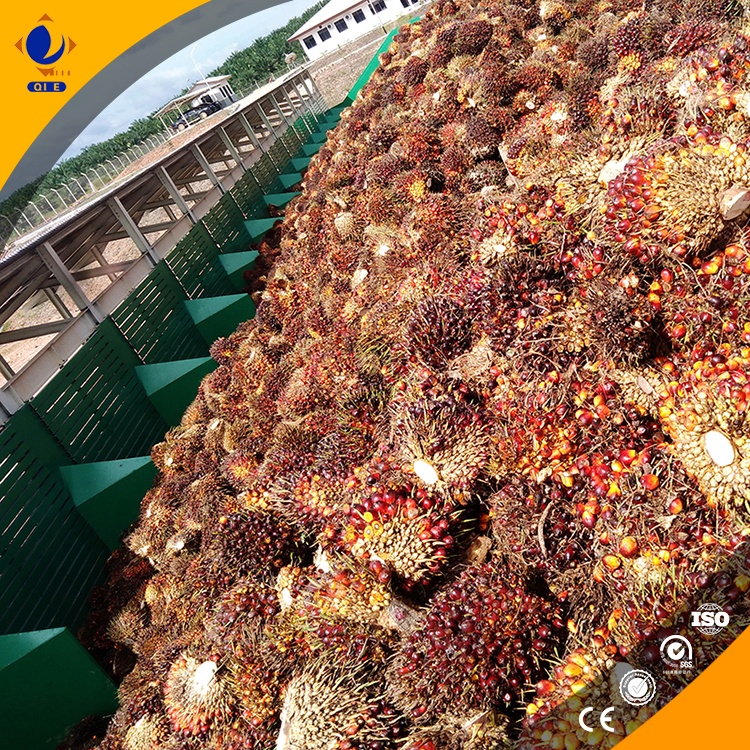.jpg?x-oss-process=image/resize,h_400,m_lfit/format,webp)
Oilseed pressing is a complex process, and the pre - treatment steps before pressing play a crucial role in determining the oil yield, energy efficiency, and product quality. This article will comprehensively cover the key pre - treatment steps for oilseed pressing, offering practical insights and real - world examples.
The first step in the pre - treatment process is to clean the raw materials. For example, when dealing with rapeseed, it often contains dirt, stones, and other impurities. By using appropriate cleaning equipment, such as vibrating screens and magnetic separators, these impurities can be effectively removed. Studies have shown that removing impurities can improve the overall efficiency of the subsequent pressing process by up to 10%.
.jpg)
Different oilseeds require different crushing particle sizes. For instance, peanuts generally need a larger particle size compared to cottonseeds. An overseas factory once optimized the crushing particle size of rapeseed, which led to a 3% increase in oil yield. This is because the right particle size can expose more oil - containing cells, making it easier for the oil to be extracted during the pressing process. The optimal particle size for rapeseed is usually around 2 - 3mm, while for cottonseeds, it is about 1 - 2mm.
Stir - frying is a critical step in the pre - treatment process. For example, when stir - frying peanuts, the temperature should be controlled between 110 - 120°C for about 30 - 40 minutes. If the temperature is too high or the time is too long, the oil quality may be affected. On the other hand, if the temperature is too low or the time is insufficient, the oil yield will be reduced. For rapeseed, the stir - frying temperature is usually around 100 - 110°C, and the time is about 20 - 30 minutes.

Conditioning is used to adjust the moisture content and temperature of the oilseeds to make them more suitable for pressing. For different oilseeds, the conditioning parameters vary. For example, the moisture content of cottonseeds after conditioning should be around 10 - 12%, while for peanuts, it should be about 8 - 10%. The temperature after conditioning also needs to be carefully controlled to ensure the best pressing effect.
Each type of oilseed has its own unique characteristics, so different treatment strategies are required. For example, when dealing with cottonseeds, special attention should be paid to removing gossypol, a toxic substance. For soybeans, the anti - nutritional factors need to be inactivated during the pre - treatment process. By adopting differentiated treatment strategies, the quality and yield of the oil can be effectively improved.

The ZY24 (202 - 3) Screw Oil Press is designed to work in harmony with the optimized pre - treatment process. With its advanced technology, it can ensure high - efficiency and stable operation during continuous work. By following the pre - treatment steps mentioned above, the ZY24 (202 - 3) Screw Oil Press can achieve better energy - saving and efficiency - increasing results, helping oil mills to improve their production efficiency and product quality.
To help you better implement these pre - treatment processes, we offer a standardized operation template and solutions to common problems. Download our 《Oilseed Pre - treatment Operation Checklist》PDF template now and take your oil production to the next level!

